For over 50 years, Multilink® cubes have been a stalwart of the classroom and are likely to be found in most teaching establishments around the world. A long-established piece of the mathematics classroom furniture, they have huge manipulative potential due to their simple and effective design.
But what is the history of Multilink®, how has it grown to become such a key mathematics manipulative and how can it be used in the classroom. Read on to find out more.
What are Multilink® cubes?
First developed in the 1970s by Hope Education and Bob Stone, Multilink® cubes have become the mathematics manipulative of choice for thousands of teachers worldwide. As a devoted mathematics supporter, Bob recognised the need for dedicated resources to help develop and build confidence in mathematical principles. Over the following years, he continued to develop and expand the use of Multilink® in the teaching and learning of mathematics, demonstrating its vast potential to provide concrete experiences.
Part of its success has been credited in part to the simple design.
In its simplest form, Multilink® is a series of coloured blocks or cubes that can be joined together to form building blocks. The cubes are an ideal size for small hands to grab and fix, helping improve fine motor skills. What’s more, each Multilink® cube can be connected on every side, giving additional opportunities to build and explore upwards and sideways.
Multilink® has a wide variety of uses within the classroom including number, proportion and ratio, geometry, pattern, sequences, algebra, statistics and probability.
Why are Multilink® cubes so popular in the classroom?
Multilink® is a very versatile resource that can be used to gain an understanding of mathematical concepts, from nursery and reception, right through primary school, and even into GCSE level and beyond.
Multilink® cubes are easy to manipulate and as a hands-on resource, Multilink® is essential for kinaesthetic and visual leaners. The unique design allows a variety of shapes and structures to be built in 3D and can be viewed from all angles. What’s more, its practical nature has the ability to hasten the natural acquisition of mathematical knowledge.
Despite numerous curriculum changes and revisions over the past 40 years, Multilink® has endured as a contemporary resource for the classroom teacher, providing great value and longevity as a result.
How can Multilink be used in the classroom?
The aim for Multilink® has been to produce a mathematics teaching aid that is not only fun to use but also offers a great deal to all ages and stages of mathematics learning. Multilink® has never been aligned to a particular scheme of work, simply because it is applicable to all of them.
While Multilink® can help with the less complex mathematical concepts, it can also be adapted to explore some of the more complicated themes for more advanced or older children. For instance, cubes and cuboids are a clever way to use larger numbers and explore shape, surface area and volume with your class.
Stepping away from direct maths, you can move into an area where you explore physical shapes of everyday items, have your class take the challenge of building the shapes of chairs and tables with the cubes, this can include hollow cubes and frames and the question of how those shapes affect the total sum.
Moving to more advanced theory, give children three different colours and ask them to make as many variations of a 3-block tower as possible (this works with added difficulty for 4/5/6 colours too). This challenge can aid understanding around equations involving permutation.
There really are 100s of ways to use this must-have classroom tool and when you introduce it to your class, it is clear to see why it’s one of the most trust and appreciated mathematics products of all-time.
Here are a few more examples:
- Place value lessons
- Teaching fractions
- Bar graphs
- Measurement
- Practising related facts and number bonds
- Compose, decompose and make number sentences
- Factors and multiples
- Use Multilink® as a number line
- Develop fine motor skills
- Problem solving
See the full Multilink range!

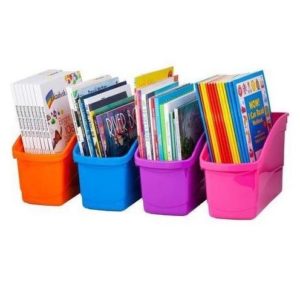
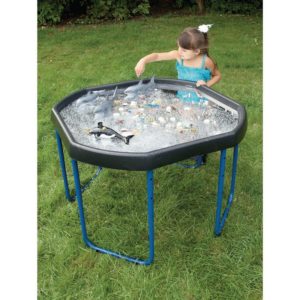
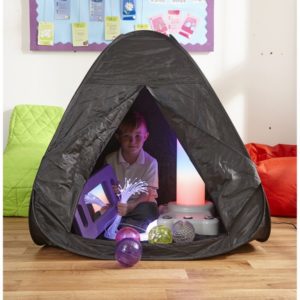
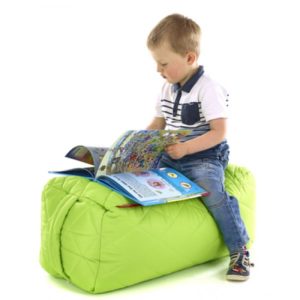
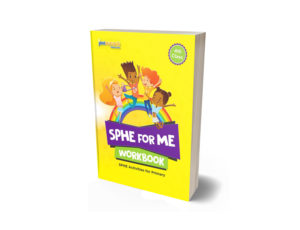
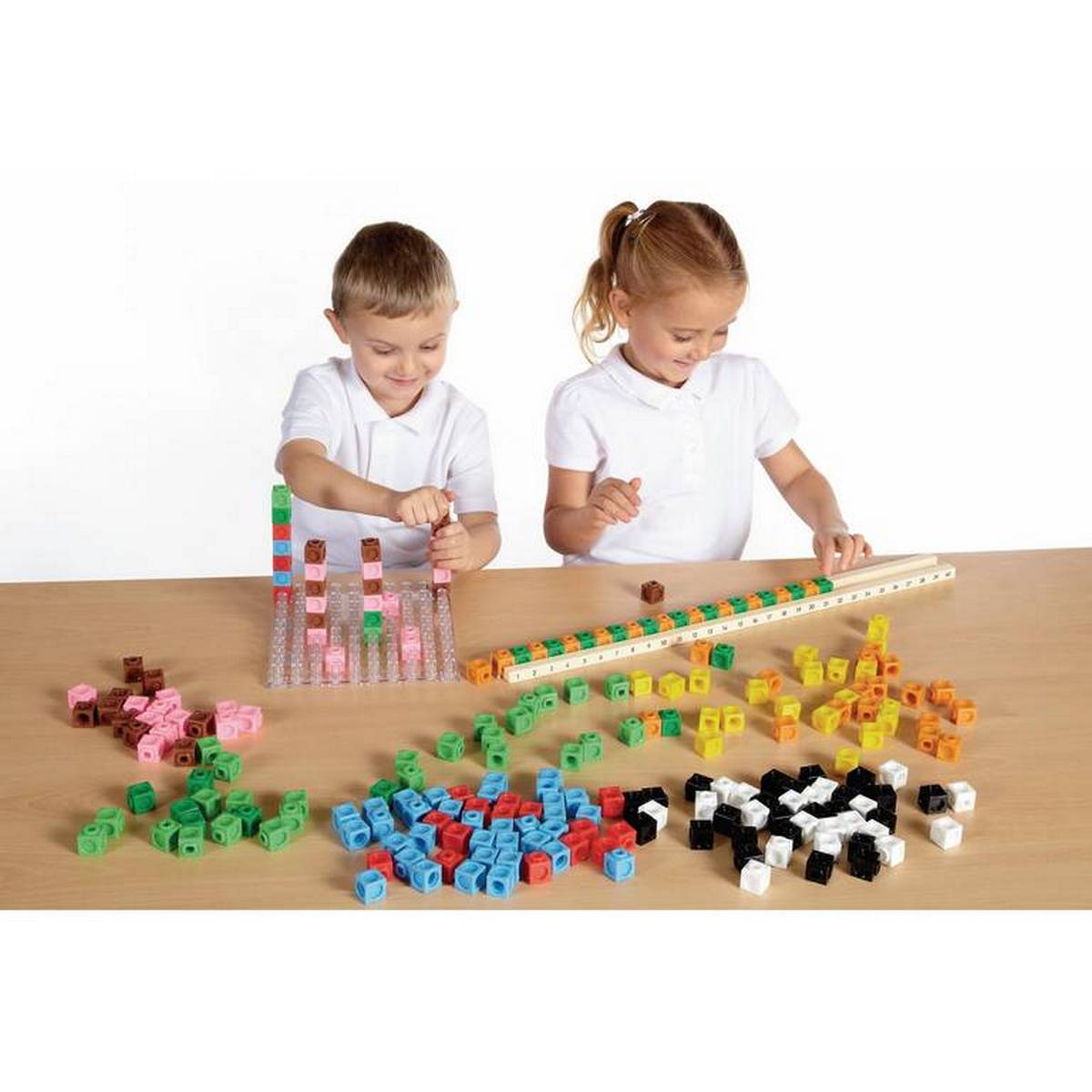
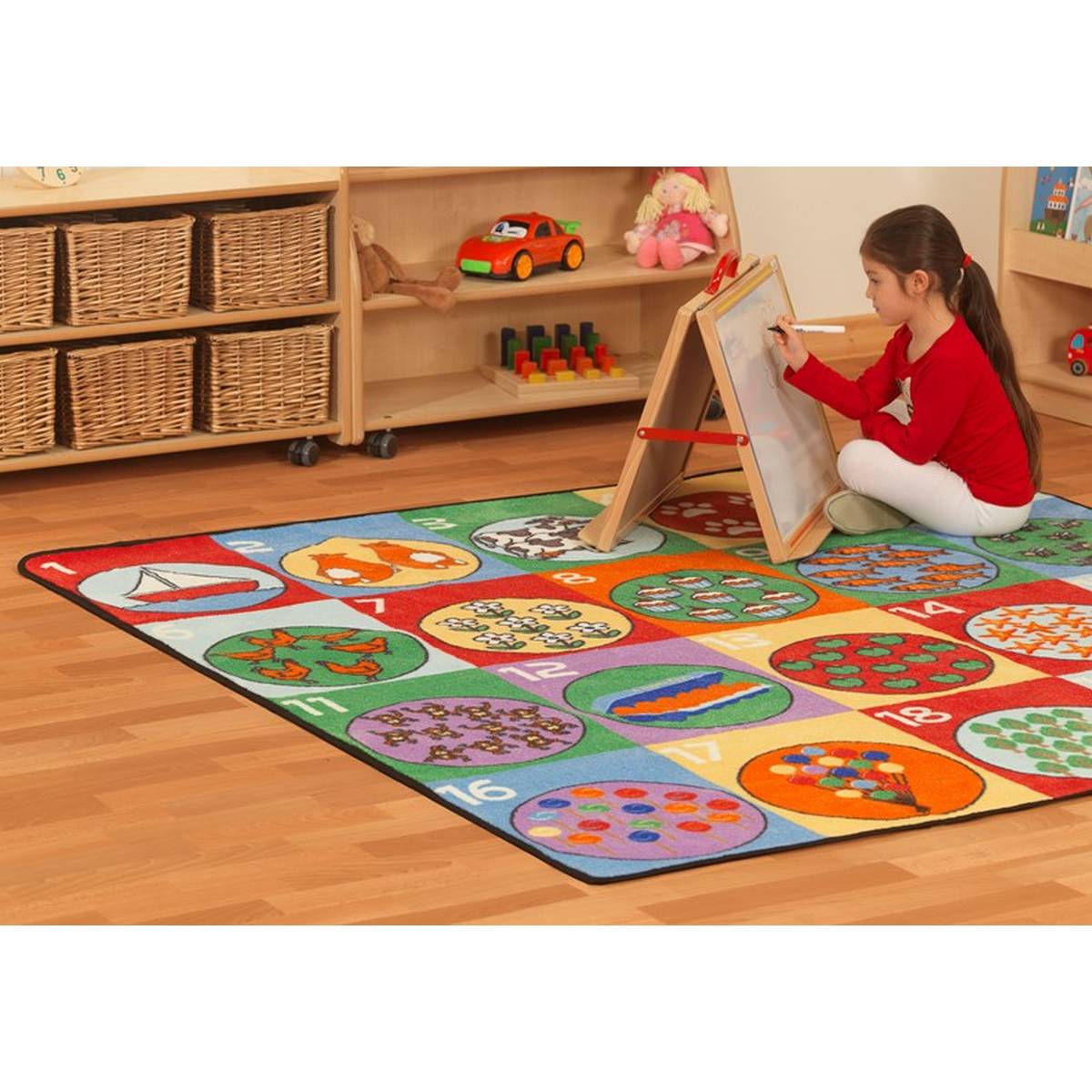 Carpets & Mats
Carpets & Mats